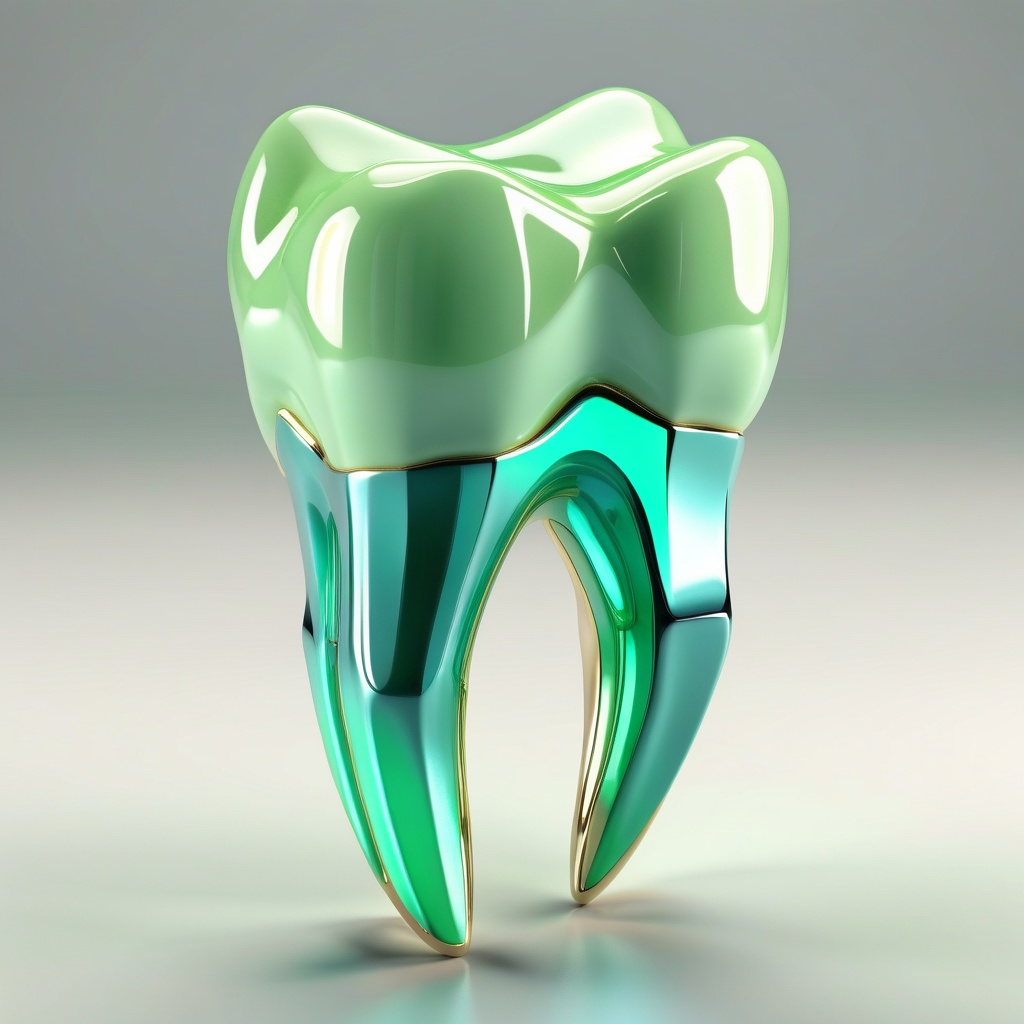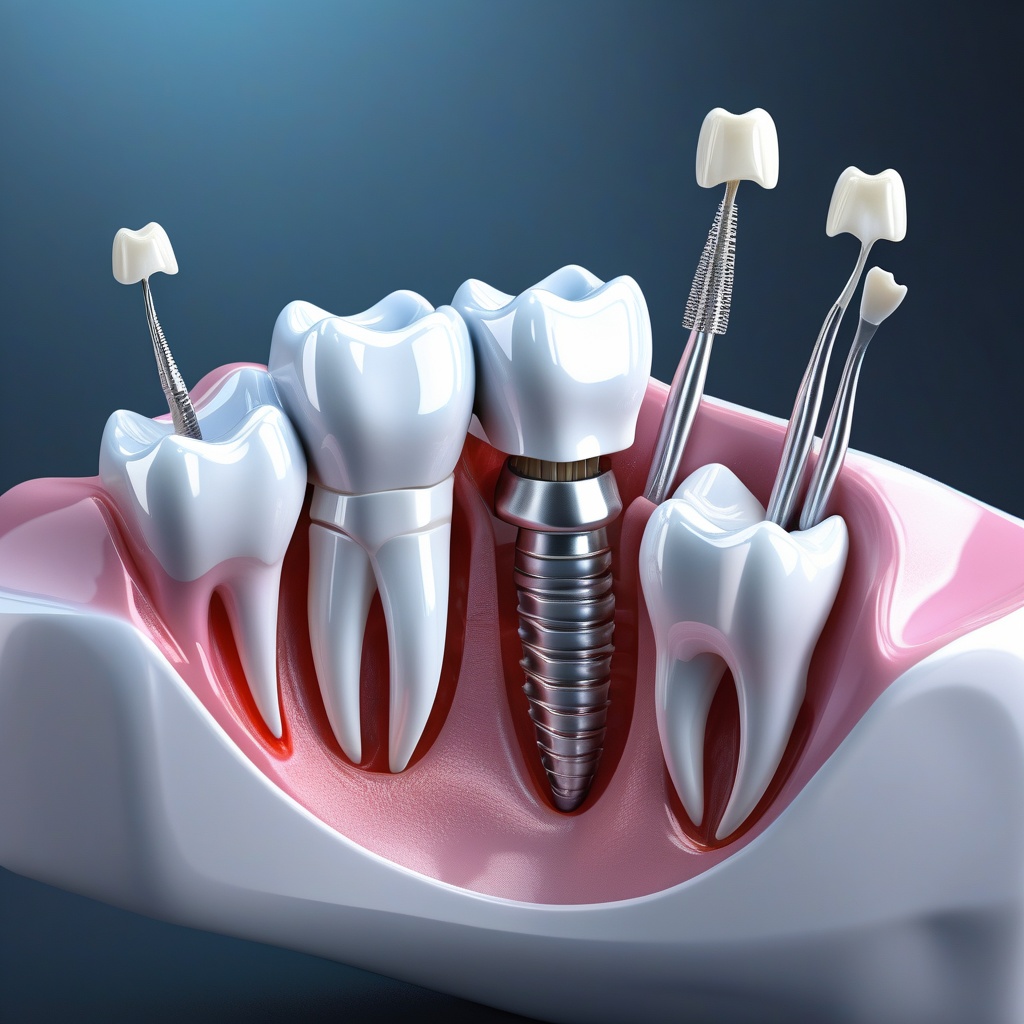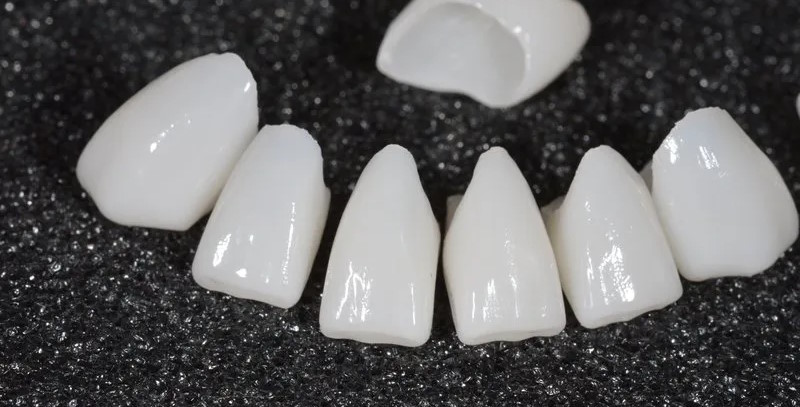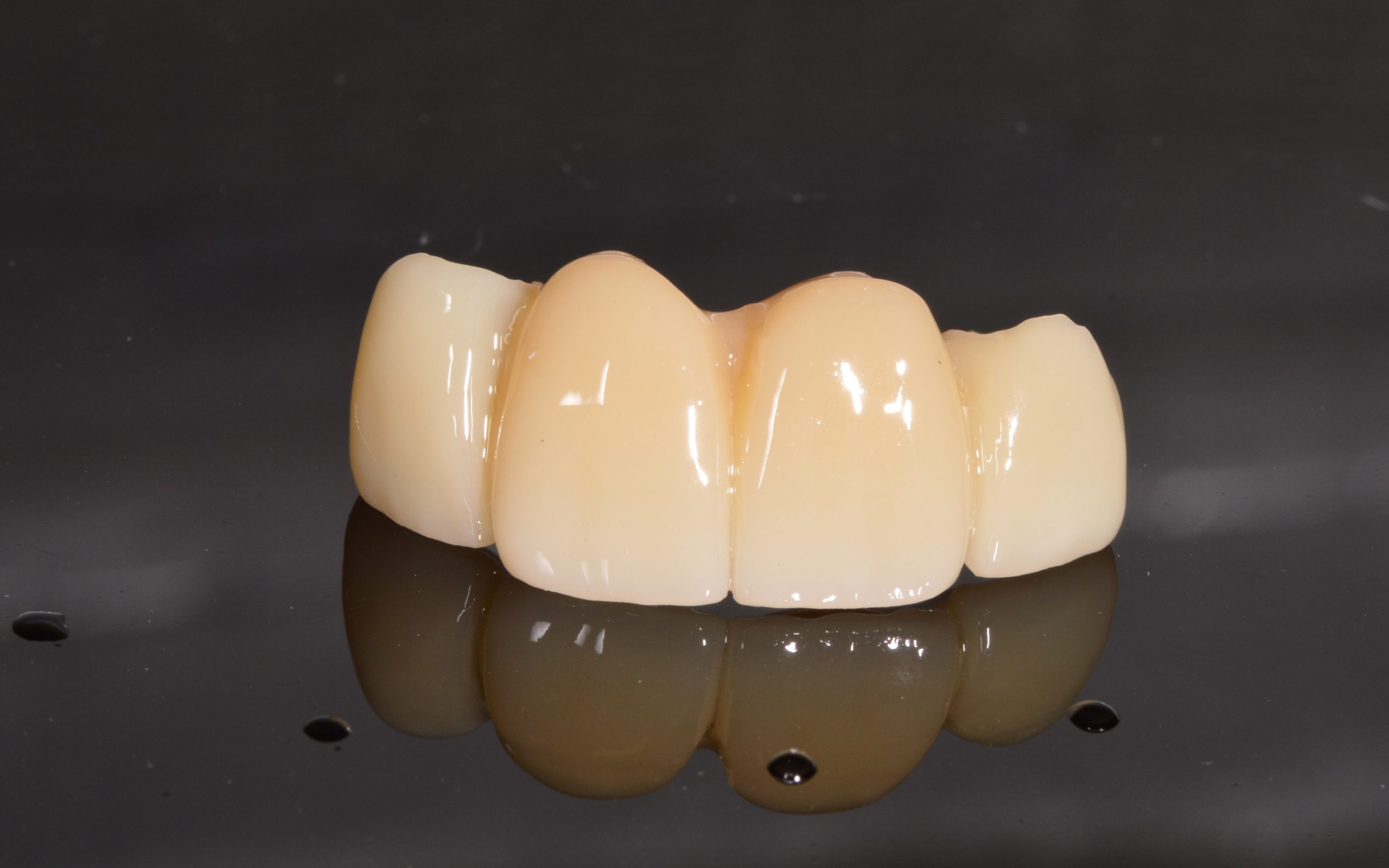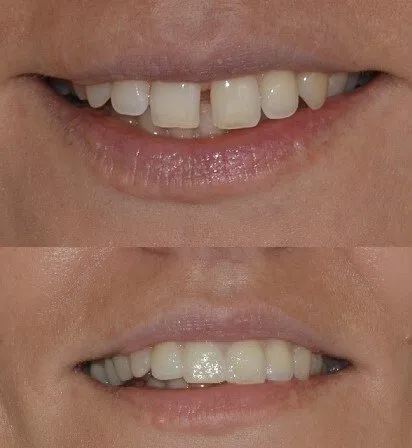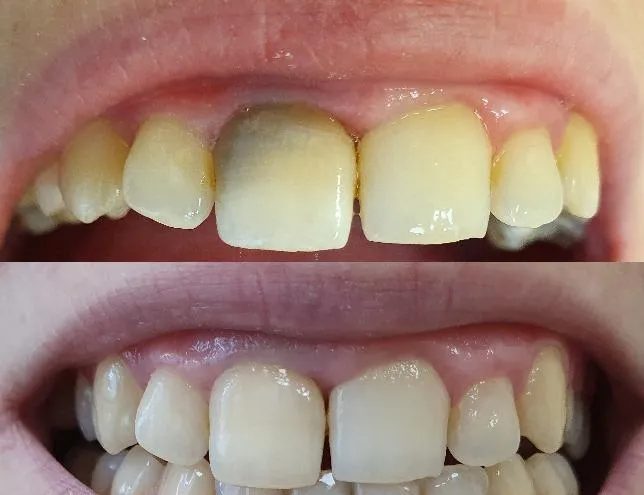Recommendations after teeth whitening:
Julija Skurjate2025-05-16T13:28:00+03:00Two hours after teeth whitening: 1. No smoking or alcohol; 2. Consume only clean, still water. Two days after teeth whitening: 1. Follow a «white» diet — eat as light foods as possible, excluding foods containing dyes. Allow: rice, oatmeal, dairy products without colouring, white bread, potatoes, fresh cucumbers without peel, poultry fillets, fish. Not allowed: coffee, teas, coloured drinks, food, fruit and vegetables, bright spices, various medicated coloured syrups or mouthwashes, coloured alcohol and anything else that may contain any colouring. Not recommended: smoking, eating very cold or very hot foods, or foods containing sugars and acids, so as







